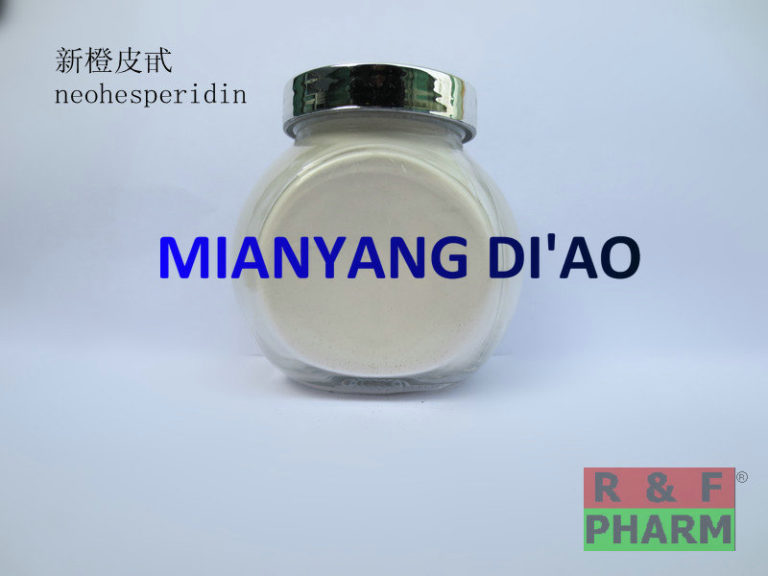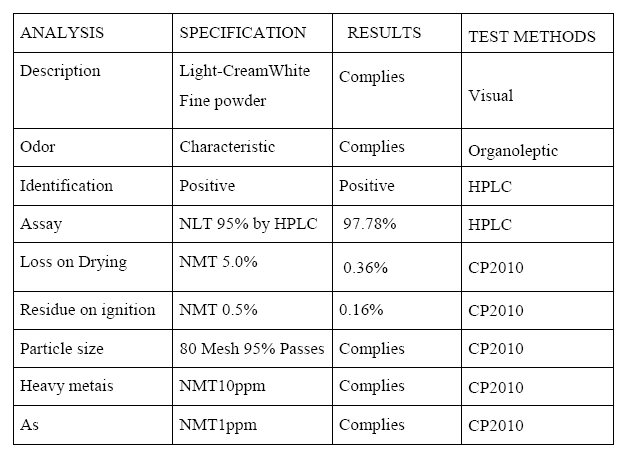Products
Neohesperidin


Neohesperidin is one kind of isoflavones and has the function of depressing the blood pressure, depressing body temperature, increasing resistance of oxygen lacking, enhancing flux of coronary artery and etc.. It is a bitter, white to almost white powder. Melting points at 236~237℃. It is easily soluble in hot water, hot ethanol, insoluble in ether.
Application
The main use of Neohesperidin is to get NHDC which is an intensive sweetener widely used in food and feed industry. NHDC is a natural sweetener and contains low calorie. It is fit for obesity and diabetic. Depress blood pressure Like other isoflavones, neohesperidin has the function of depressing blood pressure. By restraining the brittleness of capillary vessel, it can effectively control the blood pressure. It also has the function to resist oxygen lacking and enhance flux of coronary artery. Natural sweetener, NHDC is an intense sweetener which is several hundred times sweeter than sucrose at the applied concentration. Currently, NHDCis authorized for human consumption, either as a sweetener or as a flavour modifier. For the low calorie and good taste,
Distribution
In Spain, University of Murcia reported that the distribution of the flavanones naringin and neohesperidin has been analyzed during the development of the leaves, flower buds, and fruits of Citrus aurantium. These flavonoids are at maximum concentration in the organs studied during the logarithmic phase of growth, gradually decreasing until the organs reach maximum development. However, this decrease in the naringin and neohesperidin concentration in leaves, flower buds, and fruits is due to a dilution of the flavonoids caused by cell growth, because total content per organ continues to increase. The levels of neohesperidin are always greater than those of naringin, although the ratio between the relative concentrations is different in the three organs studied. Leaves have the highest ratios, varying between 8.83 and 5.18, followed by flowers (3.15-1.85), and fruits (2.23-1.02). These observations suggest different relationships between the respective enzymic activities in their biosynthetic pathway.
Another interesting fact is that the level of naringin increases with the growth of citrus fruit while the level of neohesperidin decreases till disappears. In China it is reported that the level of Neohesperidine is the highest in the peel of immature Citrus aurantium.
Availability
Commercial neohesperidin is obtained by extraction from immature citrus fruit.
